Borhan M. Sanandaji
Deep Forecast: Deep Learning-based Spatio-Temporal Forecasting
Jul 24, 2017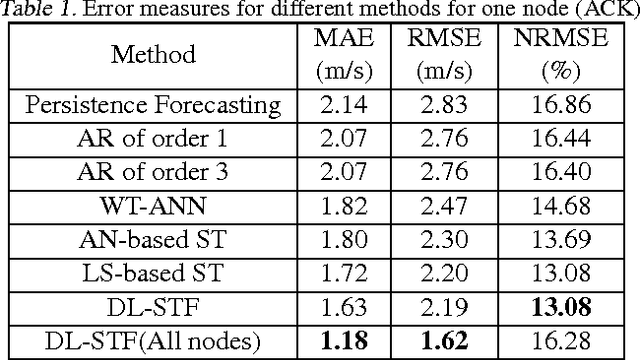


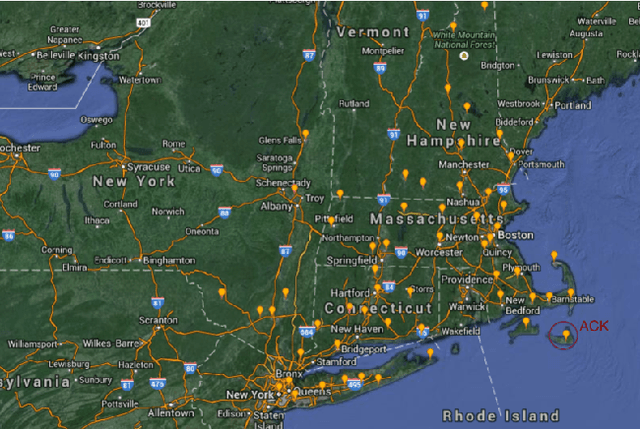
Abstract:The paper presents a spatio-temporal wind speed forecasting algorithm using Deep Learning (DL)and in particular, Recurrent Neural Networks(RNNs). Motivated by recent advances in renewable energy integration and smart grids, we apply our proposed algorithm for wind speed forecasting. Renewable energy resources (wind and solar)are random in nature and, thus, their integration is facilitated with accurate short-term forecasts. In our proposed framework, we model the spatiotemporal information by a graph whose nodes are data generating entities and its edges basically model how these nodes are interacting with each other. One of the main contributions of our work is the fact that we obtain forecasts of all nodes of the graph at the same time based on one framework. Results of a case study on recorded time series data from a collection of wind mills in the north-east of the U.S. show that the proposed DL-based forecasting algorithm significantly improves the short-term forecasts compared to a set of widely-used benchmarks models.
Low-dimensional Models in Spatio-Temporal Wind Speed Forecasting
Mar 04, 2015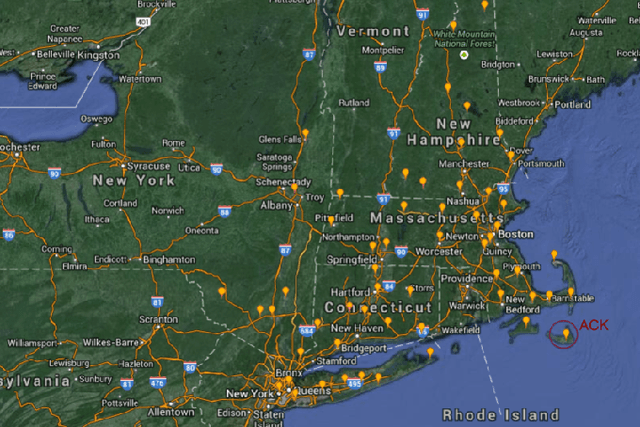
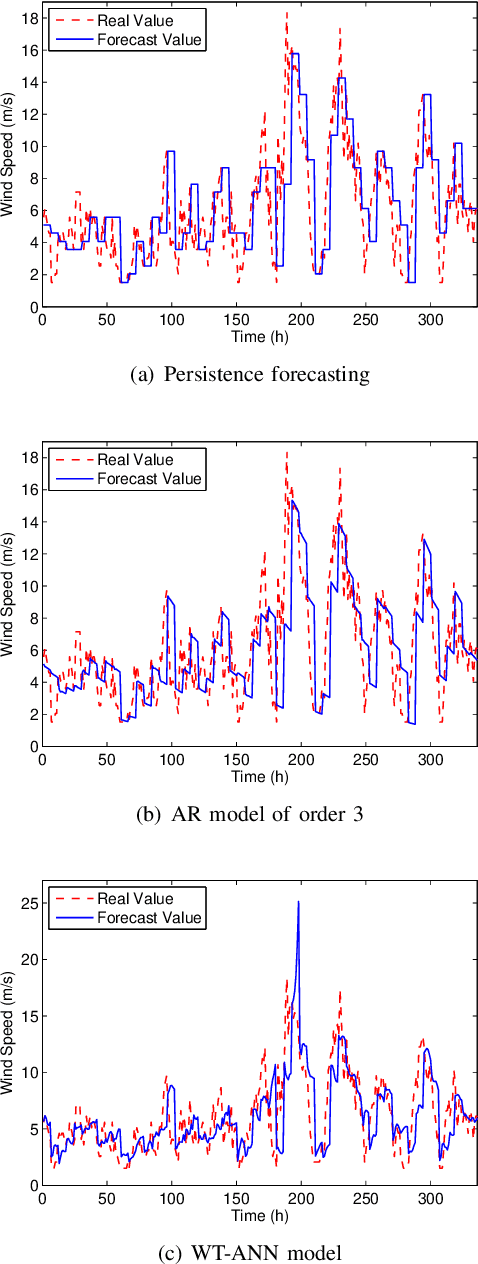
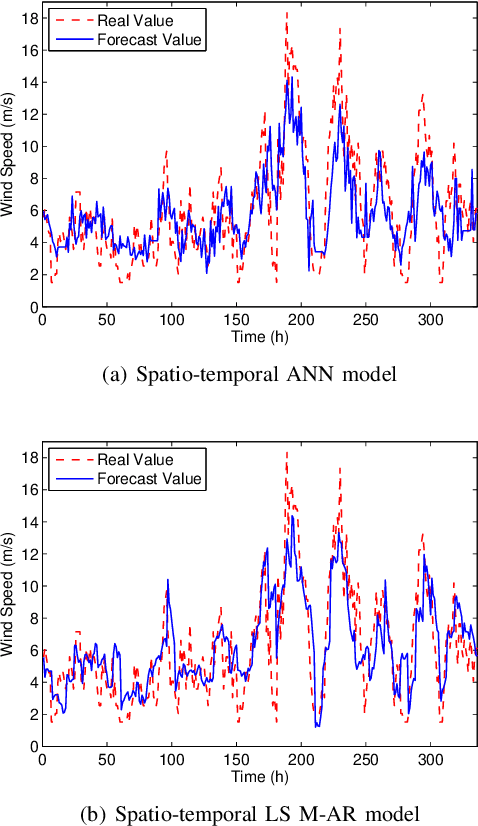
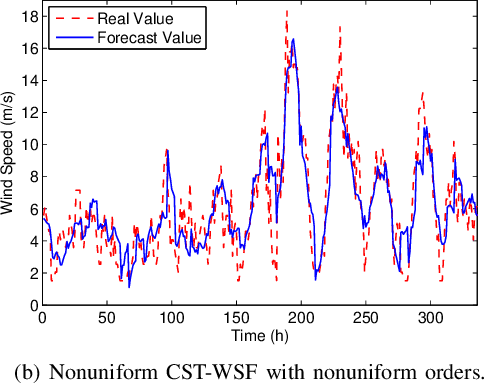
Abstract:Integrating wind power into the grid is challenging because of its random nature. Integration is facilitated with accurate short-term forecasts of wind power. The paper presents a spatio-temporal wind speed forecasting algorithm that incorporates the time series data of a target station and data of surrounding stations. Inspired by Compressive Sensing (CS) and structured-sparse recovery algorithms, we claim that there usually exists an intrinsic low-dimensional structure governing a large collection of stations that should be exploited. We cast the forecasting problem as recovery of a block-sparse signal $\boldsymbol{x}$ from a set of linear equations $\boldsymbol{b} = A\boldsymbol{x}$ for which we propose novel structure-sparse recovery algorithms. Results of a case study in the east coast show that the proposed Compressive Spatio-Temporal Wind Speed Forecasting (CST-WSF) algorithm significantly improves the short-term forecasts compared to a set of widely-used benchmark models.
 Add to Chrome
Add to Chrome Add to Firefox
Add to Firefox Add to Edge
Add to Edge